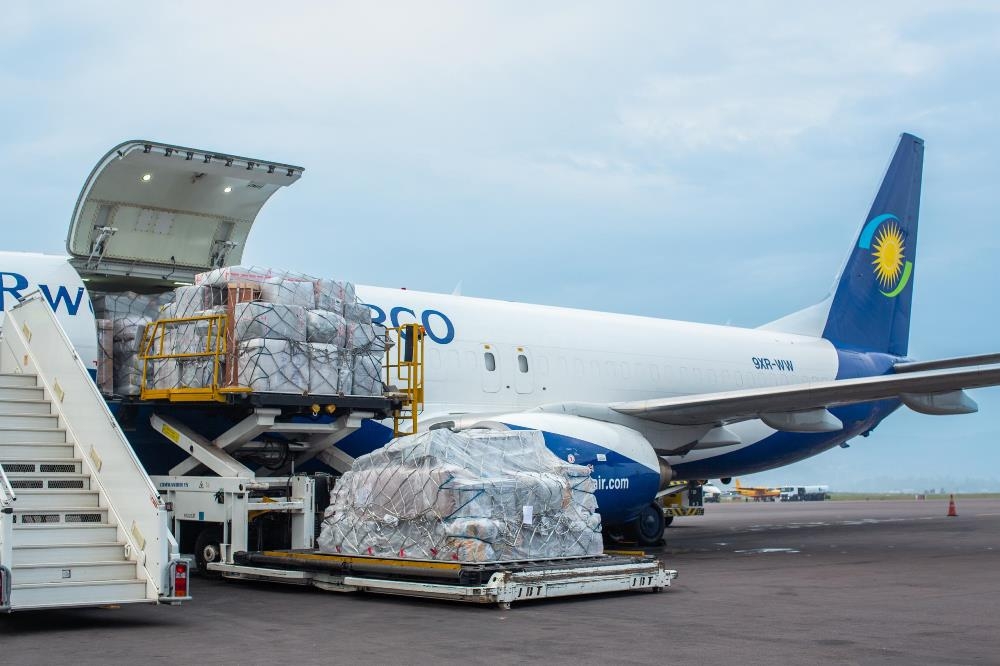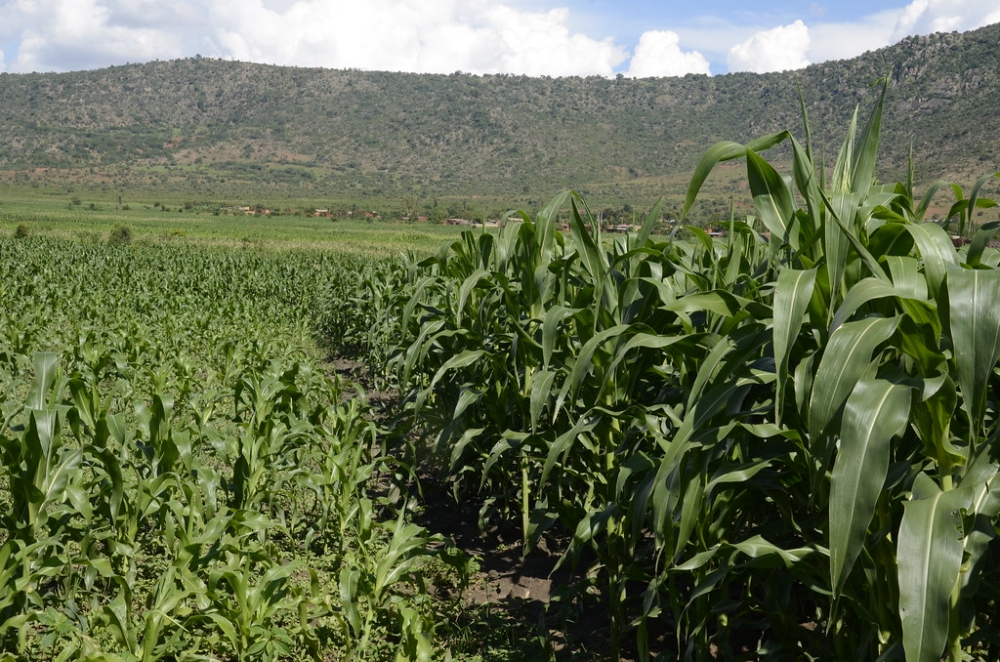Hand washing with soap is the single most effective and inexpensive way to prevent diarrhea and acute respiratory infections (ARI). Diarrhea and pneumonia together account for almost 3.5 million child deaths annually. Although a large part of the world’s population washes their hands with water, only a small percentage uses soap.

Hand washing with soap is the single most effective and inexpensive way to prevent diarrhea and acute respiratory infections (ARI). Diarrhea and pneumonia together account for almost 3.5 million child deaths annually.
Although a large part of the world’s population washes their hands with water, only a small percentage uses soap. Washing hands also maximizes the health benefits of investments in health supply and sanitation infrastructures when families don’t have access to water.
Children often put their hands in their mouths or play with animals or on the ground - it is therefore especially important for them to wash their hands regularly.
Do a good job and you will be less likely to spread germs that cause sickness.
These are some of the steps one should follow when washing hands.
• Wet your hands with clean water –preferably warm, and apply soap.
• Lather by rubbing hands together, be sure to cover all surface.
• Continue rubbing your hands together for 15 to 20 seconds.
• Make bubbles and remember to wash the palms, backs of hands, between fingers,
under finger nails, and your wrists.
• Thoroughly rinse your hands under running water to ensure removal of residual germs.
• Use paper towels or an air dryer to dry hands.
• Use the towel to close the water faucets to prevent getting germs back on your hands.
• Put the towels in the waste can.
• Leave no trace. Make sure the room is clean.
Ends






